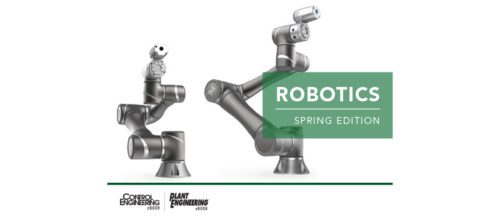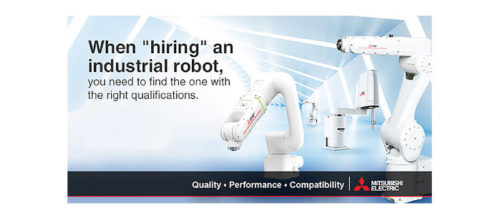Collaborative robots provide benefits for pharmaceutical applications
Collaborative robots offer pharmaceutical applications greater reliability, consistency, and precision and can improve safety.
Collaborative robots are improving efficiency in pharmaceutical research, drug production, and quality control. Collaborative robots offer pharmaceutical applications greater reliability, consistency, and precision.
Collaborative robots increase efficiency in pharma
Once a collaborative robot is programmed, repetitive tasks can be completed with low error. Collaborative robots are ideal for protecting sterile environments from contamination. Many collaborative robots can work 24-hours a day without breaks or maintenance. As a result, a collaborative robot’s return on investment occurs within a year in most industries.
It’s more common to see collaborative robots used in large facilities, but small labs and multi-labs also benefit from their use. Collaborative robots can be programmed for a variety of tasks, relocated easily, and can start working quickly. They can be mounted above workspaces to save valuable floor space for humans and equipment in small labs.
Collaborative robots can do everything from dosing to marking to packaging and are being leveraged to produce high-quality medicines. Collaborative robots mix, count, dispense, and inspect medications in pharmaceutical labs. As a result, pharmaceutical applications have been able to optimize processes, reduce waste, and improve yield while ensuring quality control to meet strict regulatory requirements.
Pick-and-place operations are the primary use of collaborative robots in pharmaceutical labs. Lab systems must handle multiple task changes. Collaborative robots optimize complex tasks by implementing 3-D-vision calibration.
3-D-vision calibration is made possible by the use of a 2-D-camera that measures a known object. The collaborative robot uses that information to determine a 3-D position. One application of 3D-vision calibration is tray stacking. The collaborative robot unloads a tray of parts and removes the tray. Then, the collaborative robot calibrates the depth of the next tray and begins unloading again.
This article originally appeared on the Robotics Online Blog. Robotic Industries Association (RIA) is a part of the Association for Advancing Automation (A3), a CFE Media content partner. Edited by Chris Vavra, production editor, Control Engineering, CFE Media, cvavra@cfemedia.com.
Original content can be found at www.robotics.org.
Do you have experience and expertise with the topics mentioned in this content? You should consider contributing to our CFE Media editorial team and getting the recognition you and your company deserve. Click here to start this process.



